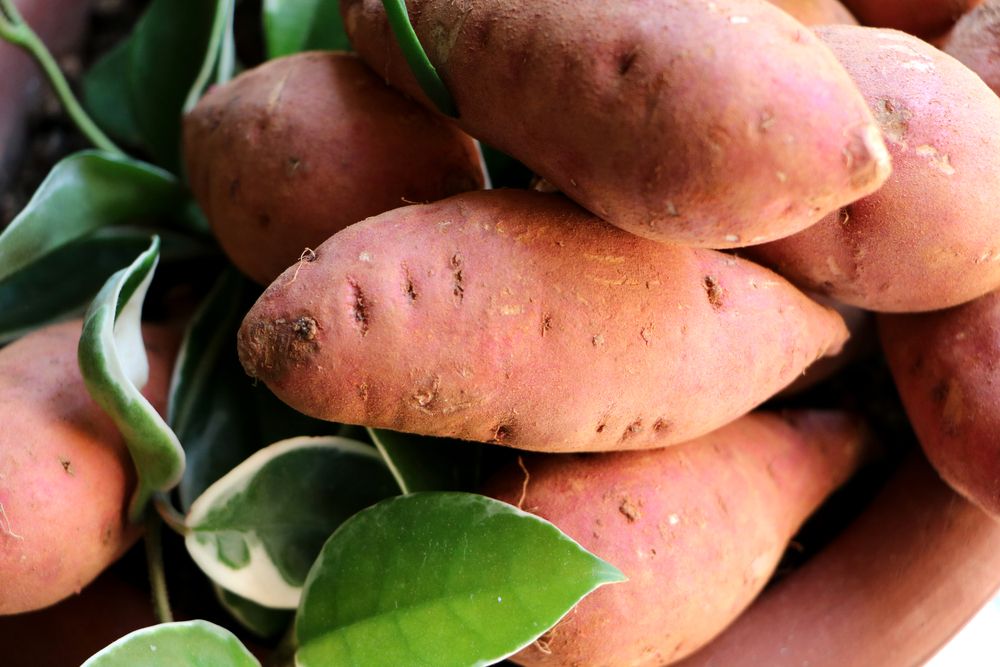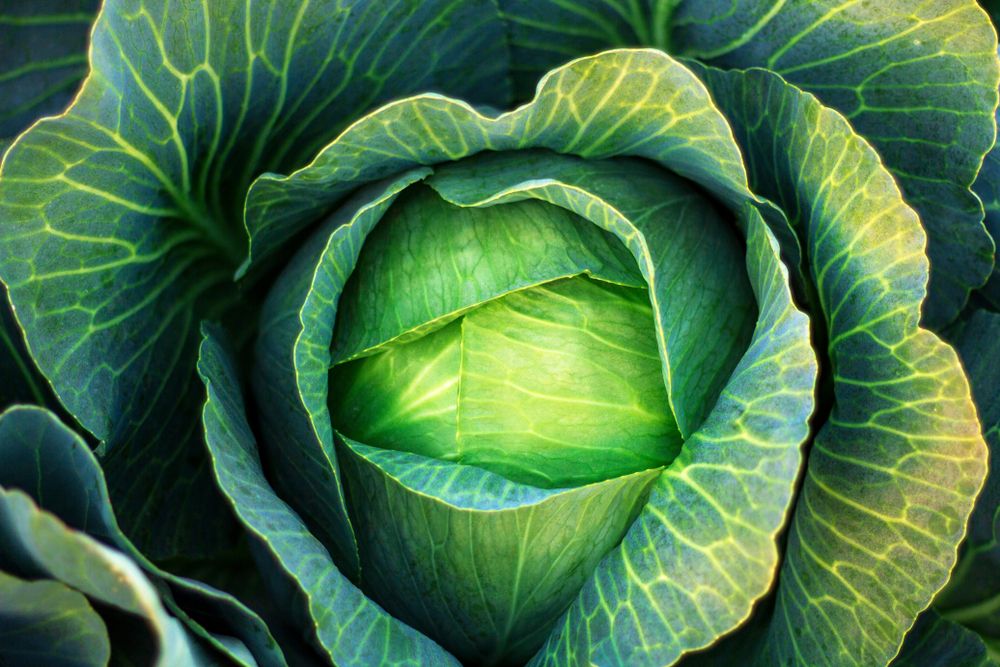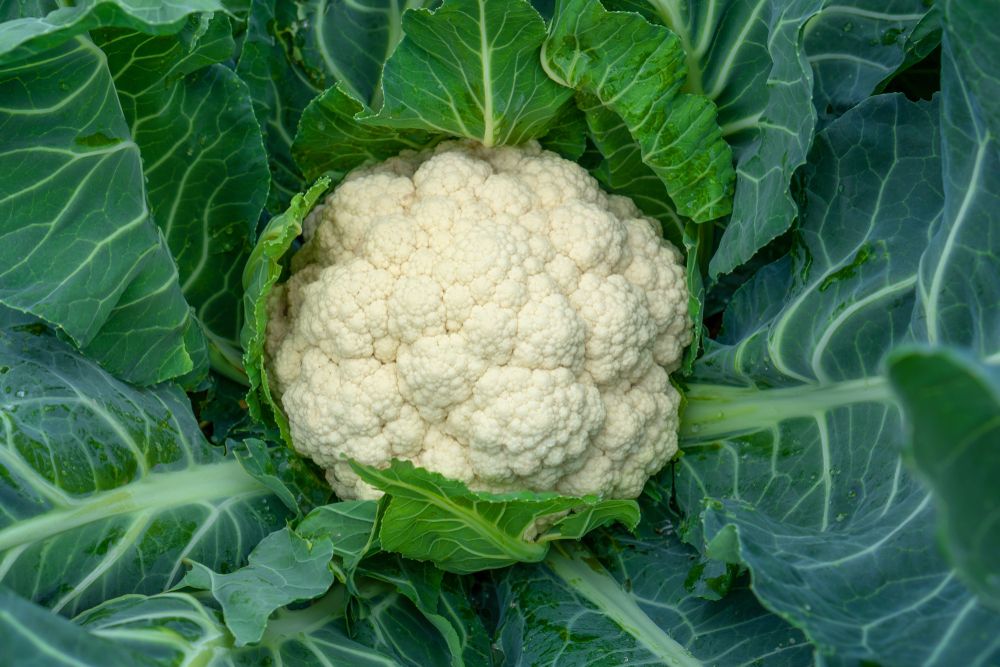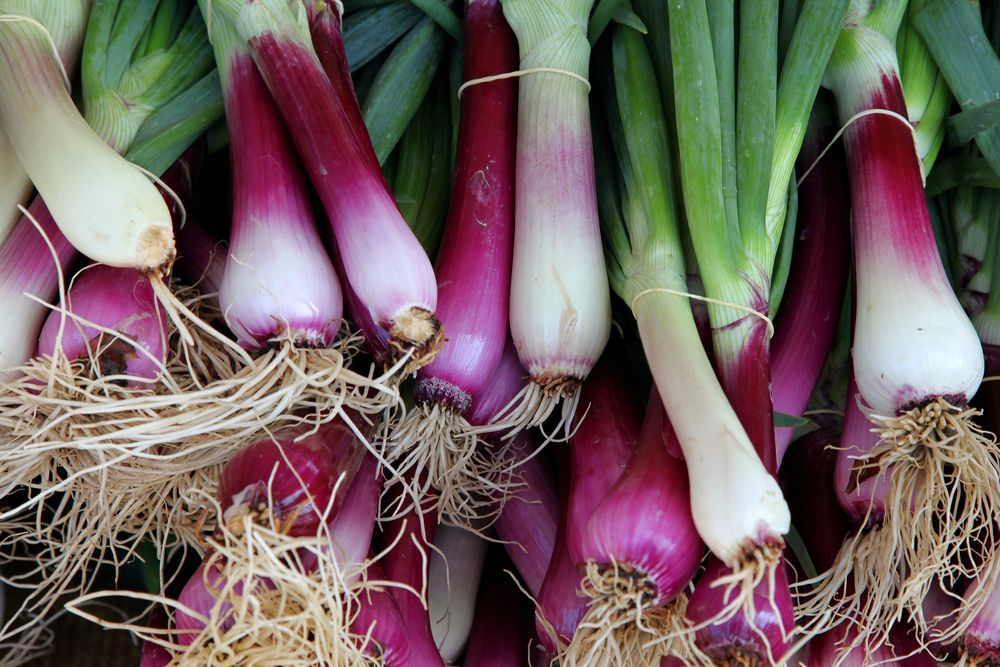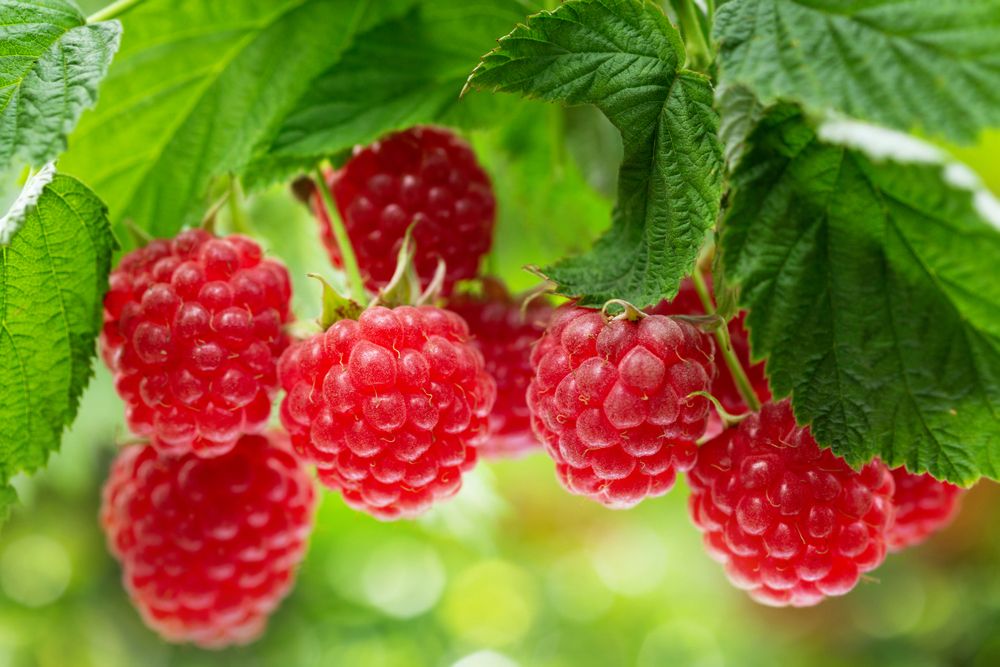
What To Plant in January 2024
With the holiday season over, the winter months dragging on, and growth in the garden coming to a near-standstill, January can seem like quite a dreary month.
However, one way to start inducing warming thoughts of future sunny days is to get a head start on planning your garden for the upcoming growing season. It may be unbearably cold and frosty outside, but January is the perfect time of year to begin sowing and planting your next crop of fruits and vegetables.
Need some inspiration? Here are 10 fruit and vegetables to plant in January:
1. Aubergines
Technically a fruit because they contain seeds, aubergines (or eggplants) are a member of the nightshade family. Although incredibly tasty, nutritious, and productive, the downside to growing aubergine plants is the amount of time they need. It takes a minimum of six months from seed to harvest, making it vital to start seeds in January if you live in a temperate climate and are hoping for a crop that summer.
If you don’t have a heated greenhouse, then you’ll need to start your seeds off in your home, as they need temperatures between 21-24°C to germinate. Fortunately, aubergine plants can handle being transplanted several times, so all you need to get your seeds going are a few small pots or seed trays.
Fill these with seed compost and then sow your aubergine seeds 1-2cm deep. They should germinate in a couple of weeks, after which they’ll need to be moved to a sunny windowsill to prevent them from turning leggy.
2. Sweet Potatoes
While many gardeners buy sweet potato plants for planting out in May or June, it’s actually very simple, and so much cheaper, to grow your own sweet potato slips, and January is the perfect time of year to get started.
It takes about 8 weeks for a sweet potato to sprout. At this stage, the slips are pulled off and then placed in water, where they’ll develop roots. The slips are then buried in soil, after which they’ll produce green shoots and soon turn into leafy sweet potato plants.
It may seem like a complicated process, but if you’re a fan of sweet potatoes, it’s worth it. Each plant produces around 3-8 tubers, making them very productive. They’re not just a warm-season crop now either – new varieties have enabled gardeners in cooler climates to reap impressive harvests too!
3. Summer Cabbages
If you’re hoping to grow a steady supply of cabbages throughout the summer, then it’s always wise to sow your seeds successionally, meaning sowing them regularly every couple of weeks from January to March. You’ll need to give your January-sown seedlings some extra care, but the early harvest makes this worthwhile.
To save on space, use small module trays to sow your cabbage seeds. Sow two seeds 1.5cm deep into each module, so that you can later thin out the weaker one. Cabbages need a minimum temperature of 7°C to germinate, so you’ll be able to keep your seed trays in your home as they are, without having to provide extra heat.
It usually takes about a week for cabbage seedlings to germinate. Once they do, they’re relatively easy to care for, and can be planted out after they’ve grown five sets of true leaves.
4. Cauliflowers
Just like cabbages, cauliflowers are another brassica that that can be sown in January to give you a head start on your harvest. This is a vegetable that many find tricky to cultivate, but cauliflowers are surprisingly easy to grow if you follow a few basic steps.
The first would be to sow your seeds into pots or modules, rather than trays, as this brassica hates having its roots disturbed when being transplanted. Sow your seeds about 1.5cm deep and give them plenty of heat – 27°C should be your aim for optimum germination.
It takes about 1-2 weeks for cauliflower seeds to germinate. Once they do, you’ll need to grow them on in a sunny spot in your home until they have 3-4 sets of true leaves. At this stage, they’ll be ready to move on to their final growing location.
5. Spring Onions
Spring onions are one of the most satisfying vegetables to sow in January, simply because they’ll be ready to pick after just a couple of months.
That said, keep your local climate in mind when it comes to growing spring onions this early in the year. Seedlings are usually planted into their final location when they’re about a month old, so if winter is still raging in February/March, then your first harvest will need to take place either in your home or in a heated greenhouse.
Spring onion seeds are best sown into small pots or modules. Sow them about 1.5cm deep and try to give them consistent temperatures of around 15°C. It should take between 1-2 weeks for your seeds to germinate.
6. Spinach
An extremely nutritious leafy green, spinach is another vegetable that grows rapidly. Sow some spinach seeds in January and you could be picking leaves as early as March.
If you have a greenhouse that isn’t too frosty in January, then you may be able to direct sow your spinach seeds in there. This will give you healthier plants overall – although spinach tolerates being transplanted, it does better when its roots aren’t disturbed.
Alternatively, sow your spinach seeds in modules, about 2-3cm deep, and keep them in your home. You can then plant your seedlings out once they’re about 5cm tall. Don’t be tempted to keep them indoors for too long – most varieties of spinach don’t do well in the heat, with warm temperatures causing the plants to bolt.
7. Onions and Shallots
Although they may be different vegetables, onions and shallots are closely related, meaning that they have very similar growing requirements. While many gardeners choose to grow both from sets, growing them from seed is much more cost-effective. It also gives you access to so many more varieties.
Ideally, seeds should have been sown in December, around the shortest day of the year, since natural light levels start to increase after this point. However, you should still end up with a good crop from a January sowing, so long as you lavish your seedlings with some love!
When growing onions and shallots, seeds are best sown in modules, around 1-2cm deep. Try to keep them at around 20°C and they should germinate in a couple of weeks. You’ll then need to continue growing them on under cover until they’re about 8-10 weeks old.
8. Certain Varieties of Chilli Peppers
Growing chilli peppers can be tricky, as some varieties are significantly faster-growing than others. However, generally, the hotter the chilli, the longer its growing season. This makes January the perfect time of year to start sowing the spiciest of your chilli pepper seeds.
Start your seeds off in small pots or modules, sowing them 0.5cm deep. Chilli seeds need heat to germinate – 26-30°C would be ideal, making a heated propagator helpful.
It can take a while for hotter chilli varieties to germinate – some need up to a month! Once your seedlings finally emerge, give them plenty of light. You’ll need to keep potting them up until you’re ready to plant them into their final location.
9. Winter Lettuces
Some lettuces are extremely cold-hardy. Pick the right varieties to sow each month and you could be eating fresh salads throughout the winter. For January sowings, varieties like Arctic King, Winter Gem, and Tom Thumb are ideal. Don’t discount some of the less common lettuce alternatives either – everything from Chinese mustards to corn salad also thrives when sown early in the year.
Whichever you choose, you’ll need to start your lettuce seeds off inside, as they’ll need to be kept at around 18°C to germinate. Don’t forget that lettuce germination requires light too, so don’t bury those seeds when sowing them.
Most lettuce varieties will germinate in just a few days. Once they’ve developed a few sets of true leaves, your lettuce plants can be planted out. Since nights are still likely to be frosty, you may want to protect your January-sown plants with some fleece or cloches. Although many varieties will happily tolerate hard frosts, giving them some extra protection will result in greater yields.
10. Raspberries
Most of the fruits and vegetables that can be sown in January need to be started off indoors. However, if you’re keen to get planting outside, then, so long as your ground isn’t frozen, raspberries would be a great fruit to consider.
Raspberry canes are best planted during their dormant season, meaning November to March. When purchased at this time of the year, they usually come bare-root, as opposed to in a pot of soil. This makes them even easier to plant since you won’t need to dig quite as big a hole!
Instead, simply plant each cane 8-10cm deep. The amount of space that you’ll need to leave in between each cane will depend on the variety that you’re growing. Tall and bushy varieties may require up to 60cm of space, whereas compact, dwarf varieties will need much less.
SEE NEXT: What to Plant in February
Summary
January may initially seem like a quiet month. However, as you can see, there’s plenty to get on with in the garden. Whether you’re hoping to be picking some crisp, fresh salads in a couple of months, fat and spicy chillis in the summer, or juicy raspberries in the autumn, making a start in January will extend your growing season to give you bigger and better harvests.

